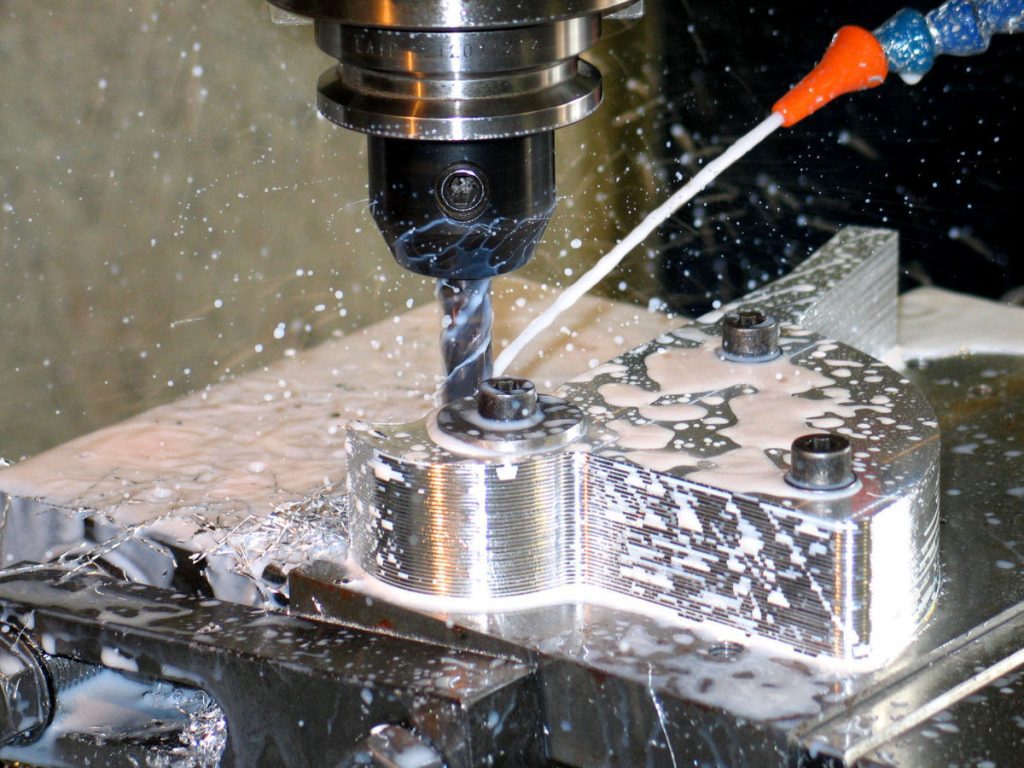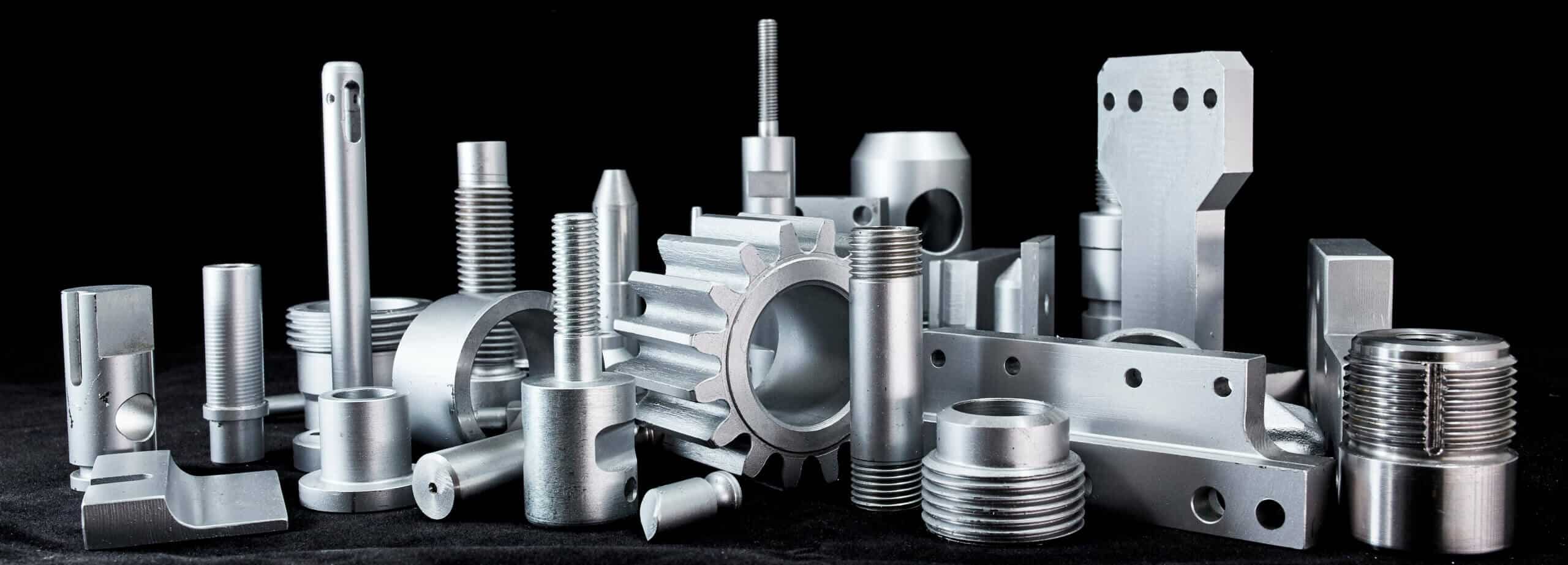Fasteners and Machining: Maximizing Layout for Superior Production
Fasteners and Machining: Maximizing Layout for Superior Production
Blog Article
Mastering the Art of Fasteners and Machining: Innovations and Ideal Practices
In the world of commercial manufacturing and design, the proficiency of fasteners and machining is a foundation of guaranteeing architectural stability, functionality, and durability in different applications. As technology advancements and needs for performance and accuracy increase, staying abreast of the most current advancements and ideal methods in fastening and machining becomes important. From the evolution of attaching innovations to the complexities of selecting one of the most appropriate materials, the landscape of modern-day production is continuously evolving. Join us as we discover the most up to date developments and explore the nuanced world of understanding bolts and machining, discovering essential understandings and approaches that can raise your strategy to design services.
Evolution of Attachment Technologies
Throughout the commercial revolution and right into the modern-day era, the development of fastening innovations has been noted by continuous improvements in performance and reliability. Fasteners, such as screws, screws, and rivets, play an important role in various industries, consisting of auto, aerospace, building, and electronic devices. The demand for more powerful, more resilient, and easier-to-install attachment options has driven innovation in the field.
One considerable advancement has actually been the change towards precision machining techniques to create fasteners with higher tolerances and premium performance. This shift has actually enabled manufacturers to produce fasteners that fulfill stringent quality standards and offer enhanced resistance to corrosion and fatigue.
In addition, the introduction of sophisticated materials, such as titanium alloys and composites, has reinvented the capacities of bolts. Fasteners and Machining. These materials give outstanding strength-to-weight proportions, making them excellent for applications where decreasing weight is essential without jeopardizing architectural stability
Developments in Machining Methods
In the world of commercial manufacturing, the continual development of machining approaches has actually led the way for unmatched accuracy and efficiency in the manufacturing of fasteners. This exact control makes it possible for makers to create complicated and intricate bolt layouts with ease.

Additionally, the fostering of multi-axis machining facilities has allowed simultaneous cutting procedures from various angles, additionally boosting effectiveness and decreasing production times. By utilizing these sophisticated machining methods, producers can meet the raising demand for high-grade fasteners while keeping cost-effectiveness in their operations.
Picking the Right Fastener Materials
Picking the suitable product for fasteners is a crucial choice that significantly impacts the performance and long life of the constructed original site components. When selecting the ideal fastener product, several factors need to be taken into consideration to make sure the sturdiness and reliability of the end product. The product chosen need to work with the environmental problems the fasteners will be subjected to, such as temperature level variations, wetness levels, and corrosive components.
Common products utilized for bolts consist of stainless-steel, carbon aluminum, steel, and titanium, each offering distinct residential or commercial properties that suit various applications. Stainless-steel, as an example, is understood for its rust resistance, making it suitable for marine or exterior settings. Carbon steel is an economical alternative suitable for numerous general-purpose applications. Aluminum is light-weight and commonly used in markets where weight is a vital factor. Titanium, on the other hand, is remarkably strong and corrosion-resistant, making it appropriate for high-performance applications.
Enhancing Accuracy in Machining
Achieving optimal accuracy in machining is important for guaranteeing the quality and efficiency of machined elements. To boost accuracy in machining, producers use a selection of sophisticated strategies and modern technologies.
Along with CNC machining, making use of innovative cutting tools and tool holders can additionally significantly improve precision. Top quality cutting devices with sophisticated layers lower friction and wear, resulting in a lot more accurate cuts and dimensional precision. Furthermore, executing stringent quality assurance actions throughout the machining process, such as routine assessments and calibration of tools, helps maintain regular precision levels. By prioritizing accuracy in machining, producers can achieve premium item top quality, tighter tolerances, and enhanced total performance of machined parts.

Finest Practices for Fastener Installation
Accuracy in machining plays a crucial role in ensuring the reliability and long life of go to this site fastener setups. One vital element is the correct selection of fasteners based on the details application requirements when it comes to ideal practices for bolt installment. Using the correct kind, size, and product of fastener is vital to assure optimum efficiency and durability. Fasteners and Machining. Additionally, it is paramount to follow manufacturer guidelines and advised torque values during the setup procedure to avoid over-tightening or under-tightening, which can lead to premature fastener failing.
Furthermore, making certain that the bolt strings are tidy and complimentary of debris before setup is important to achieving a safe and secure and reliable link. Using thread-locking compounds or washers can likewise boost the security of the bolt setting up. Normal evaluations and maintenance of fasteners post-installation are advised to identify any type of potential issues early on and prevent expensive repairs or substitutes in the future. By sticking to these ideal methods, suppliers can enhance the stability and performance of their fastener setups.
Final Thought
To conclude, the evolution of attaching innovations and developments in machining techniques have considerably enhanced the performance and efficiency of fastener installment processes. By choosing the appropriate bolt products and enhancing precision in machining, makers can attain optimum results in their operations. Following finest methods for fastener installation is critical in making certain the longevity and reliability of assemblies. Generally, understanding the art of bolts and machining entails constant advancement and adherence to ideal methods.
In the world of commercial manufacturing, the constant advancement of machining approaches has led the method for unprecedented precision and performance in the manufacturing of fasteners.Accuracy in machining plays an essential function in making sure the dependability and longevity of bolt setups. When it comes to best techniques for fastener installation, one vital facet is the proper option of bolts based on the specific application needs. By selecting the right bolt materials and boosting precision in machining, manufacturers can accomplish optimal outcomes in their operations. On the whole, grasping the art of bolts and machining includes continuous advancement and adherence go to this website to best techniques.
Report this page